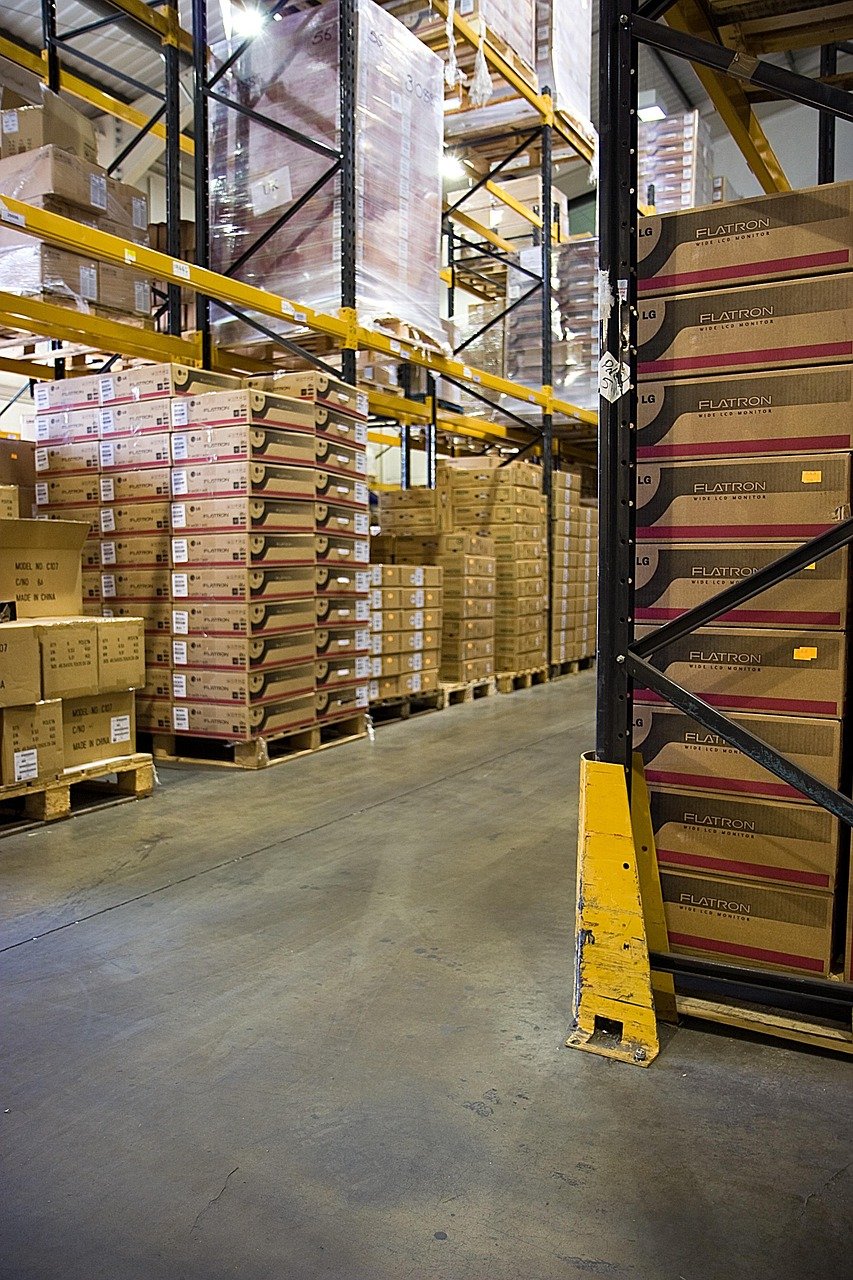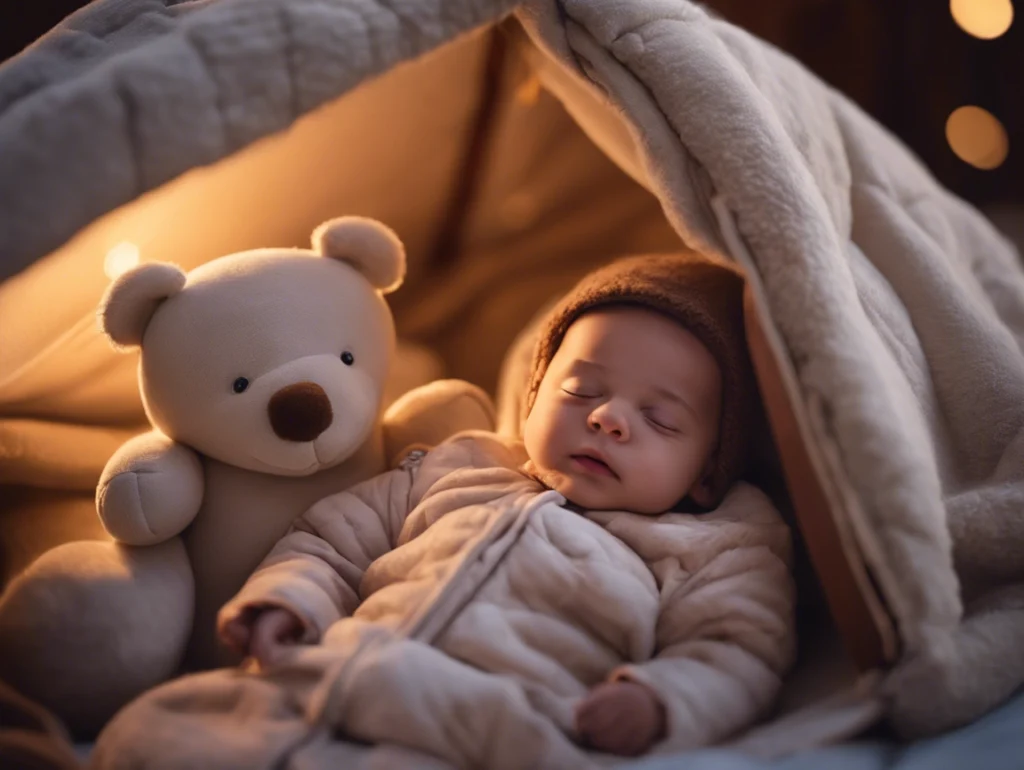Ah, packaging – it’s not just about looking pretty on a store shelf, is it? When it comes to exporting baby products, packaging plays a critical role in ensuring the product’s safety, compliance with regulations, and clear communication to consumers. It’s the little things (like labels and certifications) that keep everyone happy – from the factory to the final parent who’s eagerly awaiting that plush organic cotton blanket.
So, what exactly should go on the packaging of baby products to make sure they fly through customs and land in the loving arms of customers? Let’s break it down.

1. Product Information and Description
First thing’s first: clarity is key. Your baby product packaging needs to communicate exactly what’s inside, what it’s used for, and any specific features that make it stand out. This is the part where you tell your consumers everything they need to know at a glance.
Here’s what you should include:
- Product Name: Clear and easy to read. You’d be surprised how often this gets overlooked.
- Product Description: Brief yet informative. What makes this baby product different? For example, is it BPA-free, organic, or ergonomically designed?
- Size/Volume/Weight: Whether it’s a baby sleeping bag or a bottle, customers will need to know the size, weight, or volume.
- Instructions for Use: Especially for products like baby carriers, breast pumps, or swaddles, clear usage instructions are a must.
Example for Baby Product Packaging:
| Product Name | Product Description | Size/Weight | Usage Instructions |
|---|---|---|---|
| Organic Baby Sleep Sack | A soft, breathable sleep sack made with organic cotton. | 0-6 months, 0.5kg | Place baby in sack and zip up for a snug, secure sleep. |
| ErgoBaby Carrier | A versatile carrier with lumbar support for both baby and parent. | One size fits all | Position baby facing inward or outward depending on age. |
2. Safety Certifications & Labels
This is where the magic happens—your baby product packaging needs to prove it’s safe for babies. Why? Because safety is the top priority for both parents and regulatory bodies. Here are the most important safety marks and certifications you’ll likely need on your packaging:
- CE Marking (for the EU): This indicates that the product complies with European Union health, safety, and environmental protection standards.
- CPSIA Compliance (for the USA): The Consumer Product Safety Improvement Act requires that all baby products meet strict safety standards, especially regarding lead, phthalates, and other hazardous substances.
- GOTS (Global Organic Textile Standard): If your product is made from organic materials like cotton or bamboo, GOTS certification proves it’s 100% organic and safe for babies.
- ASTM F963 (for Toys in the USA): A mandatory safety standard for toys, ensuring that baby products are free of hazards like sharp edges or toxic paints.
These safety marks must be clearly visible on the packaging, often near the product name or description.
3. Country of Origin and Manufacturer Details
Where was your product made? Consumers and customs officials will want to know. The country of origin (COO) label isn’t just a regulatory requirement; it’s also a piece of trust-building information for customers who may prefer products from certain countries or regions.
Here’s what to include:
- Country of Manufacture: For example, “Made in China”, “Made in the USA”, or “Made in Germany”.
- Manufacturer Information: Include the name of the manufacturer or distributor. Contact details, like a website or customer service number, also help reassure customers if they have any concerns.
For example:
- Country of Manufacture: “Made in the China”
- Manufacturer: “Endearing Baby, Inc.”, 123 Baby Lane, New York, NY, USA. Website: endearingbaby.com
- Importer: ABC company
4. Age Range and Usage Warnings
It’s essential to make sure the product packaging tells consumers who it’s for—especially when it comes to baby products. Age recommendations and safety warnings help guide parents and caregivers in choosing the right product for their little ones. These are often required by regulatory bodies to ensure products are safe and appropriate for the intended age group.
For example:
- Baby Sleep Sack: “Suitable for babies 0-6 months. Not suitable for babies who can roll over.”
- Baby Carriers: “For babies 7-20 lbs. Always ensure baby is positioned properly in the carrier. Never leave baby unattended in carrier.”
Include Warnings Like:
- Choking Hazards: For products that have small parts, always include a warning like: “Not suitable for children under 3 years.”
- Sleep Safety: “Always place baby on their back to sleep.”
5. Regulatory and Import/Export Documentation
This part isn’t just for the customers—it’s for customs officers, too. To make sure your product clears customs smoothly and without delays, you’ll need to include all the necessary regulatory markings and import/export information. This can be in the form of:
- Import/Export License Numbers: If applicable, ensure the correct license is noted.
- Customs Declaration Forms: In some cases, you may need specific forms for international shipments.
- HS Codes: The Harmonized System code that identifies your product for customs purposes.
Example:
- HS Code: 9404.90.10 (for baby cribs)
- Export License Number: XYZ12345
6. Packaging Material Information
In today’s eco-conscious world, customers love knowing that their baby products are not only safe but also environmentally friendly. So, if your packaging is made from sustainable materials (like recycled cardboard, biodegradable plastic, or eco-friendly inks), make sure that’s clearly communicated.
- Eco-friendly Packaging Label: “100% Recycled Materials” or “Biodegradable Packaging.”
- Recycling Instructions: If your packaging is recyclable or compostable, include a simple message on how to dispose of it.
7. Instructions for Disposal and Recycling
Last but not least, customers (and the planet) appreciate knowing how to dispose of the product’s packaging responsibly. The packaging should ideally include:
- Recycling Symbols: Showing that the materials are recyclable.
- Disposal Instructions: “Please recycle the packaging or dispose of in an eco-friendly manner.”
Conclusion: A Well-Labelled Baby Product is a Happy Baby (and Happy Parent)
The packaging of your exported baby products doesn’t just serve to keep the goods safe during shipping—it also communicates vital information to regulatory bodies, customers, and customs officials. From safety certifications to age warnings and product descriptions, your packaging needs to be clear, compliant, and eco-friendly.
By making sure all of these important details are on your packaging, you’re not only meeting legal requirements, you’re also building trust with your customers and ensuring smooth delivery.
Check out Endearing Baby for more insights on eco-friendly, safe baby products!

